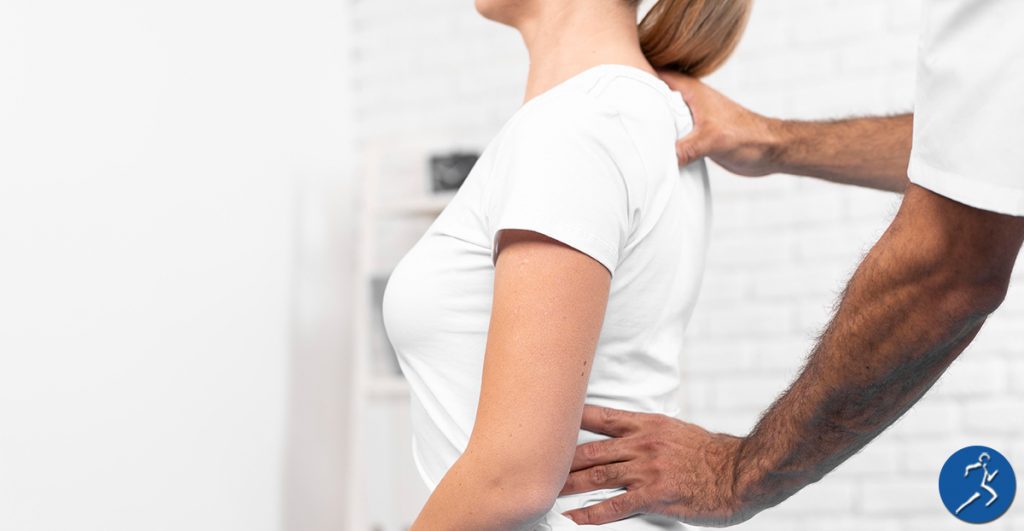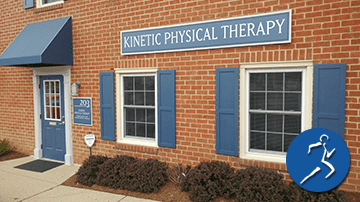
When thinking about scoliosis, the middle school tests done by the nurse might pop into your head. A quick review, and she would have some thoughts on whether you had it or not. But what is scoliosis? It is a condition affecting the normal curvature of the spine. It changes back alignment and posture as the spine shifts to the side and turns.
Middle school students are likely checked for scoliosis because they’re most likely to discover it during their teenage years. However, it can occur at any point in life. Approximately 3% of the population have scoliosis, occurring in males and females equally. That said, females with the condition may require additional treatment due to the more progressive condition.
What’s The Cause
Knowing what causes scoliosis could be beneficial, but the cause of idiopathic scoliosis, which accounts for 80 percent of cases, is unknown. For most children and teens, scoliosis is idiopathic, meaning researchers and doctors do not know the cause.
In other cases of scoliosis, a hereditary factor that runs in the family could be to blame. In these instances, the spinal discs begin to degenerate due to arthritis or osteoporosis. You are more likely to get this condition if someone in your immediate family has it.
Signs Of To Look For
Thankfully, this condition is rare, but knowing what to look for is essential. The healthy spine has standard curves and should appear straight from behind. With scoliosis, an “S” or “C” shape appears when viewed from behind. This abnormal curvature can develop at any location along the spine and in varying degrees of seriousness.
Additional signs to look for include a change in posture, uneven shoulders, or uneven hips. One shoulder blade being more visible than the other or one rib being more forward can indicate scoliosis.
How To Treat Scoliosis
A doctor should be the one to diagnose scoliosis. Through X-rays, the type of and the severity are determined, as well as a treatment plan. Although your healthcare provider will make the ultimate call, physical therapy can help! Everyone’s anatomy is different, so even the same kind of scoliosis differs from person to person. Therefore, so does the treatment.
Physical therapy may offer a non-surgical alternative to returning a patient’s spine to a more natural position over time. Exercises focus on restoring symmetry to the muscles and teaching patients to be mindful of their posture. They also work with breathing and muscle strengthening. These exercises may not reverse the curve but can help avoid surgery and progression while helping with pain.
Physical therapy can help alleviate pain. Heating, icing, and kinesio tape may also be beneficial in addressing weak and overused muscles that are compensating for the spine. Other techniques include deep heating, ultrasound, and massage to decrease pain.
Being diagnosed with scoliosis can be a scary or uncertain time, but we are here to help at Kinetic Physical Therapy. We realize that you have many options when choosing where to receive physical therapy treatment. We value your business! Come for a visit soon!


